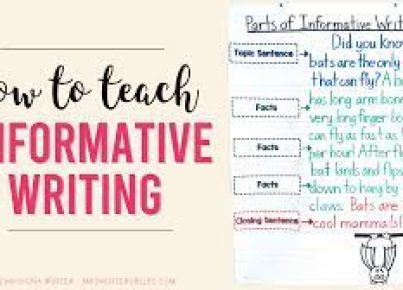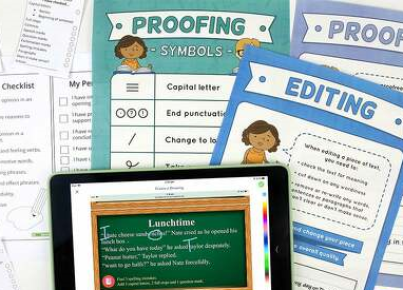Introduction:
Explanation writing is a critical skill to develop in today’s rapidly changing information landscape. This type of writing helps readers understand complex issues, navigate processes, and troubleshoot problems. To ensure that your explanation writing is clear, concise, and effective, we’ve developed a comprehensive Free Explanation Writing Checklist and Rubric.
Section 1: The Explanation Writing Checklist
An effective explanation writing checklist should cover the following key components:
1. Purpose:
– Clearly identify the objective of the explanation
– Ensure that the topic is relevant and appropriate for the target audience
2. Structure and organization:
– Use headings and subheadings to guide readers through the content
– Organize information logically, following a step-by-step or chronological approach
3. Content clarity:
– Provide accurate, complete, and up-to-date details
– Break down complex concepts into easily understandable language
– Use examples and illustrations to clarify points
4. Tone and style:
– Employ an informative tone that encourages reader engagement
– Write using clear, concise language while avoiding jargon or overly technical terminology
5. Readability and grammar:
– Proofread for spelling, punctuation, and grammatical errors
– Assess readability using tools like Flesch Reading Ease or Gunning Fog Index; aim for scores conducive to the target audience’s comprehension level
Section 2: Explanation Writing Rubric
An effective rubric serves as an assessment tool for evaluating explanation writing based on the following criteria:
1. Purpose (20% of score):
– The writing clearly states its aim and aligns with the needs of the target audience.
2. Structure & Organization (20% of score):
– A logical progression of ideas is demonstrated through well-executed headings and subheadings.
3. Content Clarity (30% of score):
– Information is accurate, comprehensive, and easy to understand due to appropriate terminology and illustrative examples.
4. Tone & Style (15% of score):
– The writing adopts an engaging and informative tone while maintaining language clarity and simplicity.
5. Readability & Grammar (15% of score):
– The piece is free from spelling, punctuation, and grammatical errors, exhibiting a readability level appropriate for the intended audience.
Conclusion:
The Free Explanation Writing Checklist and Rubric ensure that your explanation writing stands out as a valuable resource to help readers navigate complex topics. By following the checklist guidelines and using the rubric to assess your work, you can be confident that your writing is accessible, informative, and engaging for your target audience.




